A king’s blessing
The stage was quite literally set for theatre in Madrid to flourish soon after Philip II relocated the court here. The ever astute ruler realised that he could use the popularity of the theatre in Madrid to raise much needed funds for public hospitals. So in 1565 he signed a document authorising the installation of permanent theatres in the city. In exchange for his largesse, the new theatres, or corrales de comedias, as they were called, would pay a good portion of the door price in taxes to contribute to Philip’s medical institutions.
Though the original building has long gone, the first theatre to open in Madrid is still in business today. Situated in Plaza Santa Ana and now known as the Teatro del Príncipe, the Corral del Príncipe went up in 1583, while its rival, Corral de la Cruz, opened right across the street the subsequent year. Both were known as corrales de comedias, corral referring to the layout of the building and comedia meaning a play of any kind: drama, tragedy or comedy. With the stage located in an open courtyard surrounded by balcony seating, these buildings in many ways resembled London’s famous Globe theatre (opened slightly later in 1599). However, rather than being circular, theatres in Madrid were square shaped.
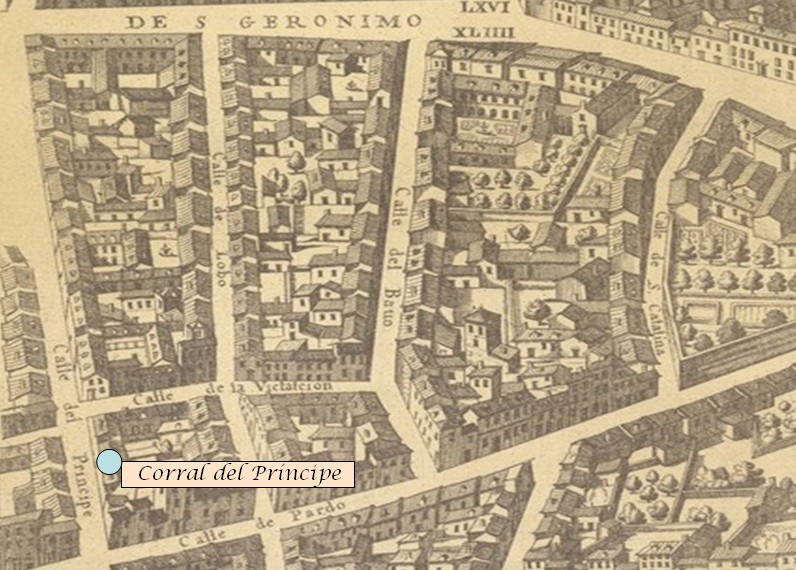
Just like in the Globe, poorer patrons stood, while those that could afford it paid for balcony seats: the richer you were, the higher up you’d go, with the aristocracy perched at the very top. Critics and academics were right in front of the stage, while women were in the cazuela (cooking pot) out the back. Despite this segregation, women were allowed to act onstage. Surprising, as over in England this was considered so scandalous that female parts went to young boys instead.
A secret lover
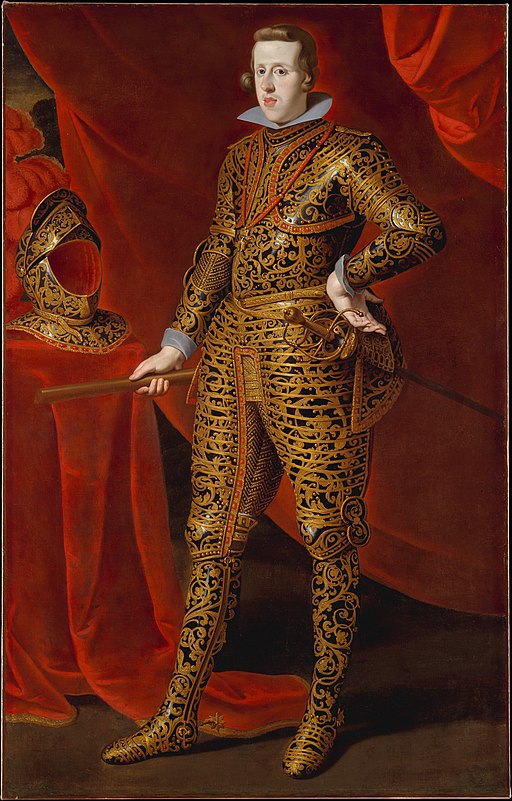
One of the most famous of these actresses was María Calderón. A player at the Corral de la Cruz, she soon captured the heart of the king. Not Philip II, but his rather less devout grandson, Philip IV. By this time, theatre in Madrid had acquired another yet more impressive venue: the Plaza Mayor, which was completed during the reign of Philip III. Enamoured of the red-headed actress, Philip IV installed his lover in a balcony overlooking the square, a decision that flew right in the face of convention as these seats were meant to be the exclusive preserve of the aristocracy.
After spotting her rival sitting in the posh seats, the queen flew into a rage and threw La Calderóna (as she was nicknamed by the public) out of her love nest in the palace. To compensate, the rather sneaky king, then ordered that a secret balcony to be built under an arch. In this way, his lover could attend events at the Plaza Mayor and remain out of sight!
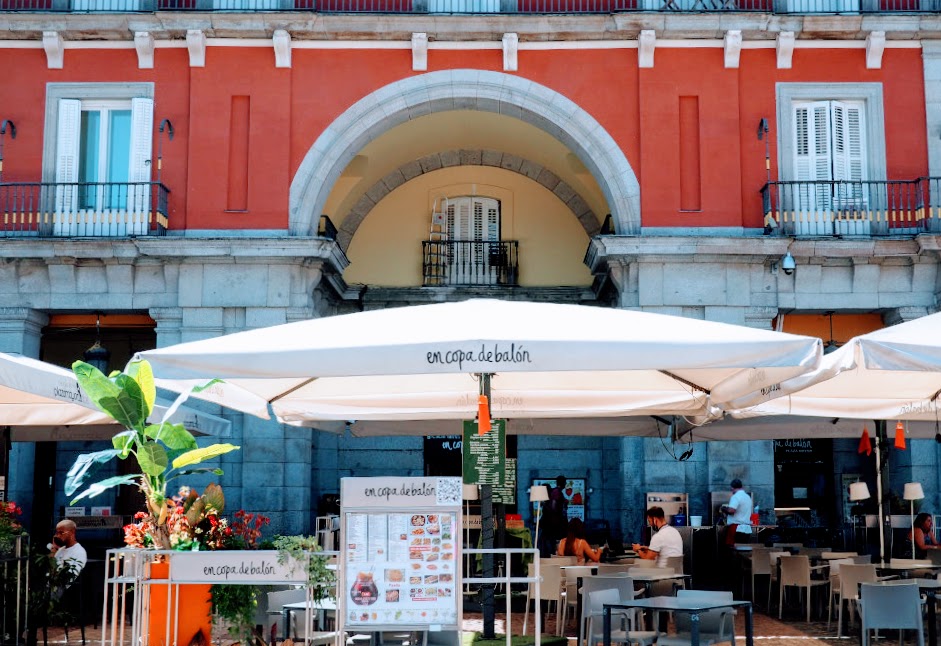
Literary rivalries
All this drama offstage happened around the same time that one of Spain’s most famous playwrights had begun to step into the limelight. Living in what is now known as Barrío de las Letras – then outside the city gates in a lush area called Huertas (the kitchen gardens) – Lope de Vega was even more of a lothario than King Philip IV himself! Good looking and insanely intelligent (able to read Latin at the tender age of 5), he was one of those insufferably perfect people who seem to come out of the womb gleaming.
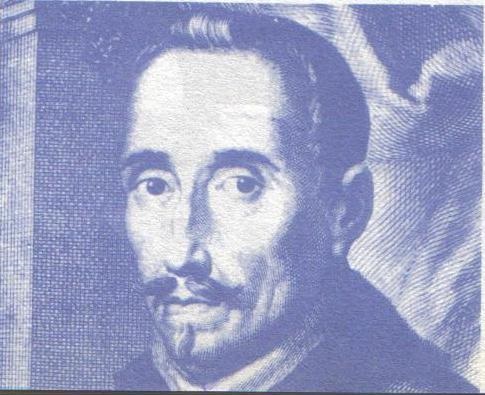
It was natural then that Miguel de Cervantes absolutely hated his guts. Fifteen years older and unable to get any of his plays put on, he called Lope a “freak of nature” (monstruo de la naturalesa) and the two wound up having a massive row outside the house of a theatrical impresario in Lavapiés. Of course, this all went down before Cervantes got the last laugh, going on to pen the book that would make him globally famous for centuries to come!
Literary legacy
Proving that town planners really do have a sense of humour, Cervantes’ bones rest in the Convent of the Barefoot Trinitarians on Calle de Lope de Vega, while Lope de Vega’s house is on Calle de Cervantes! Still, Lope de Vega’s plays are still frequently shown in the Spanish speaking world, along with the work of other luminaries of the time: Calderon de la Barca and Tirso de Molina. And if you’re interested in sampling the atmosphere of 17th century theatre in Madrid, I’d recommend a visit to the outdoor theatre, Corral Cervantes. I visited this past summer to see one of Lope’s most famous plays, La Dama Boba, which, it has to be said, has not aged quite as well as Don Quixote.
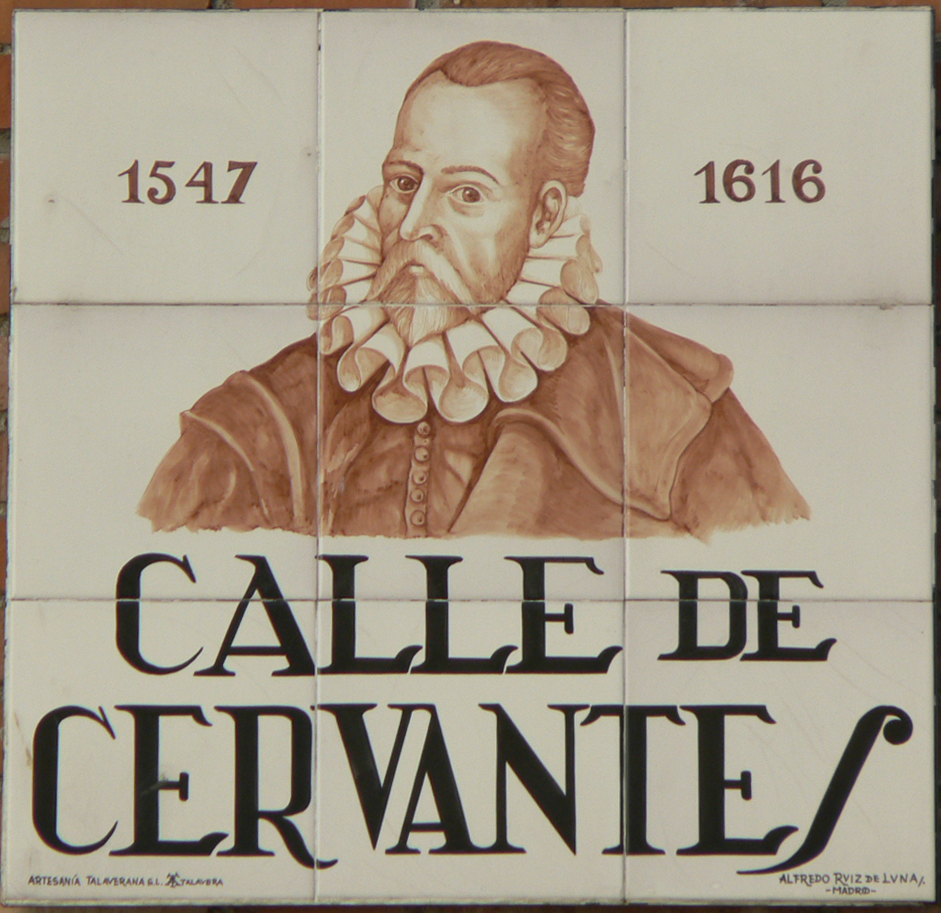
If you’d like to know more about the origins of theatre in Madrid, keep an eye on my Meetup for an upcoming literary tour of Madrid. You can also get a different perspective on the city by booking in for a unique walking tour with me, the writer of The Making of Madrid.
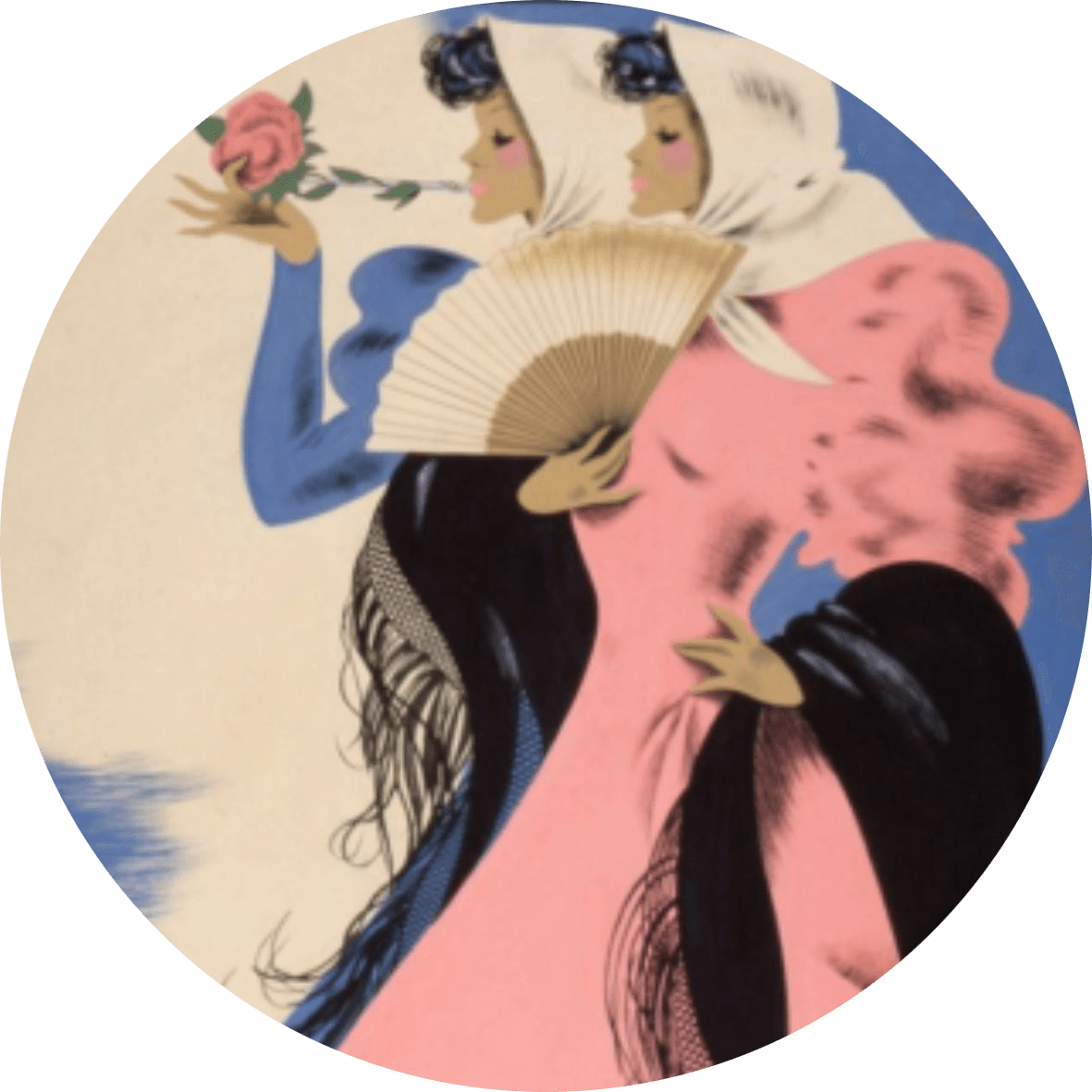
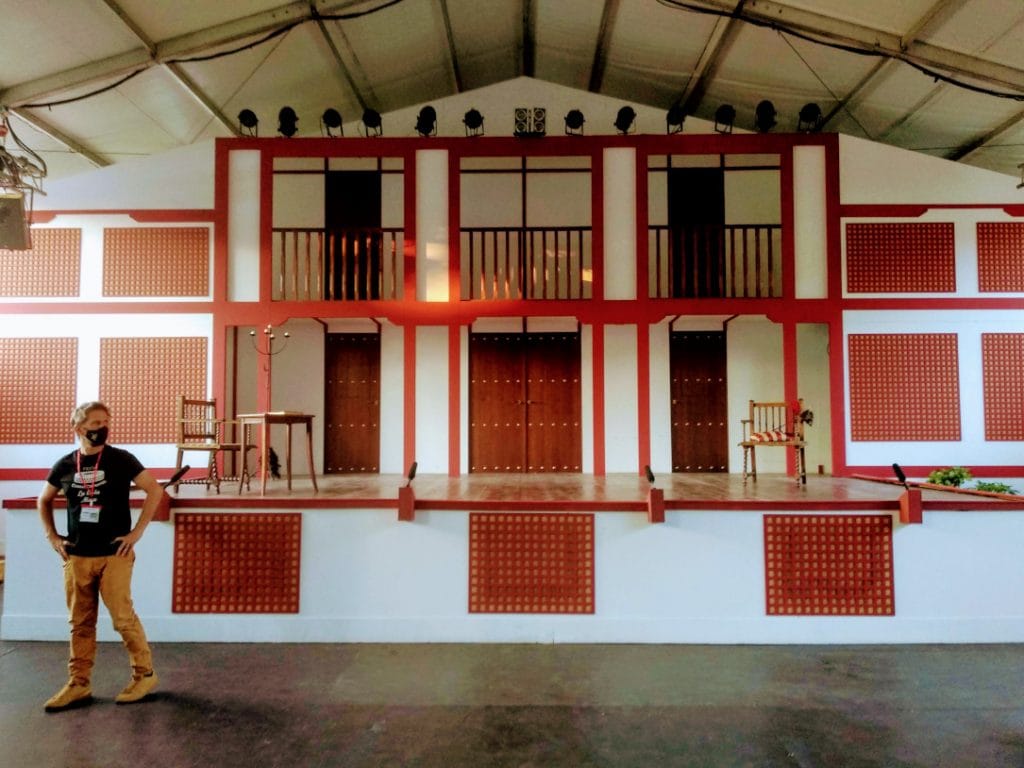
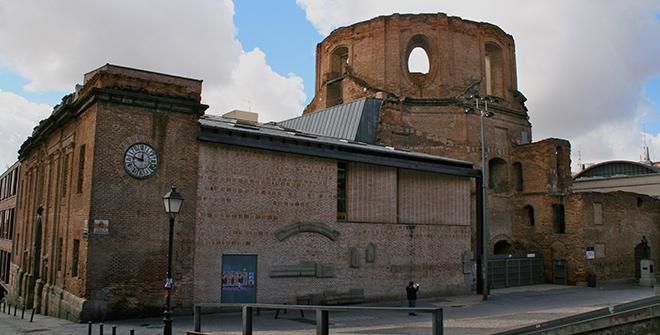
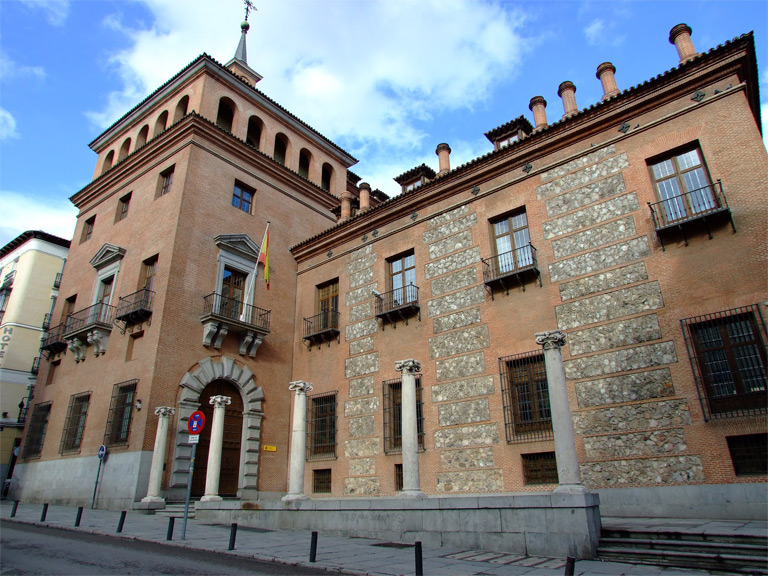
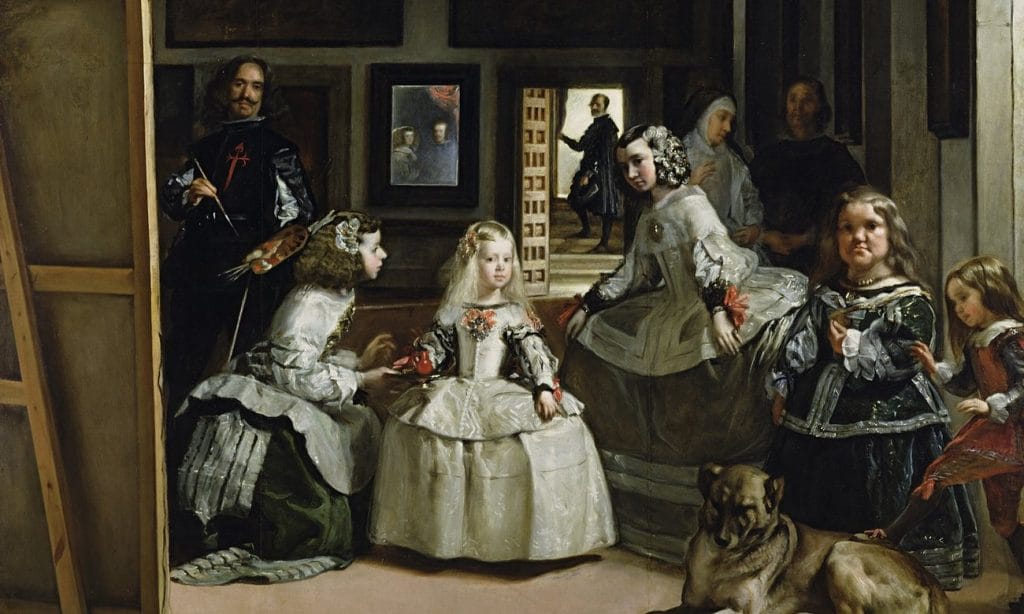
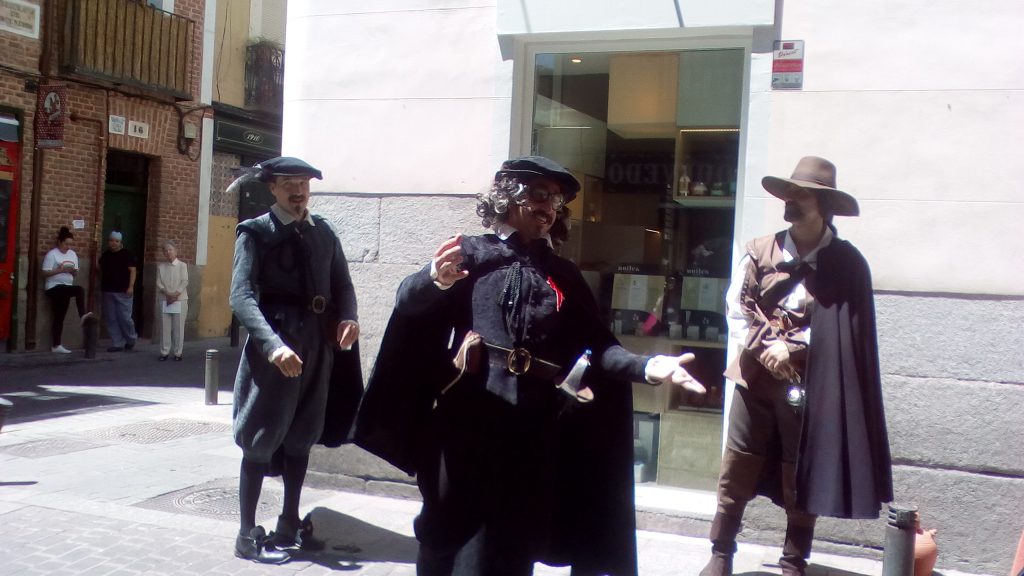
Pingback: Street Signs in Madrid: a Brief History - The Making of Madrid
Pingback: Caught on Canvas: a Rogues' Gallery of Spanish Rulers - The Making of Madrid